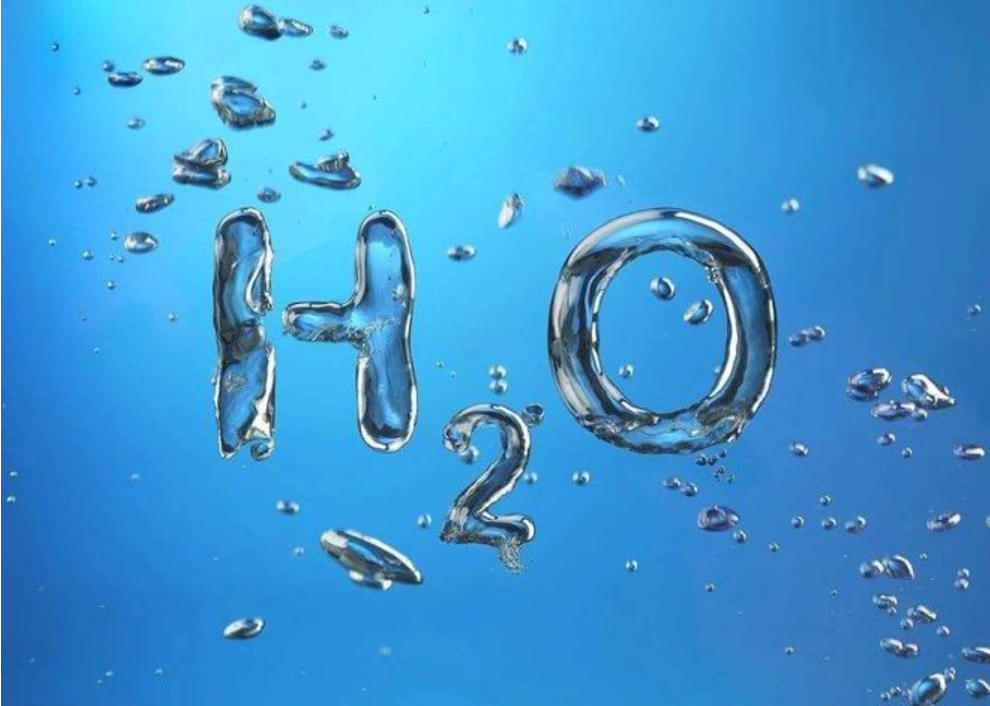The Role of Graphene in Mobile Hydrogen Storage and Transportation Technologies
Hydrogen energy is widely recognized as a cornerstone for a sustainable energy future. However, challenges in hydrogen storage and transportation, especially for mobile applications such as fuel cell vehicles, drones, and portable hydrogen devices, remain significant. Graphene, with its unique physical, chemical, and mechanical properties, has emerged as a promising material to address these challenges. This article explores the role of graphene in advancing mobile hydrogen storage and transportation technologies, providing examples and insights into its applications and potential future developments.

Key Challenges in Mobile Hydrogen Storage and Transportation
Mobile applications of hydrogen energy face several critical issues:
- Low Storage Density: Hydrogen’s low volumetric density necessitates efficient storage solutions to meet energy demands.
- Safety Concerns: Hydrogen is highly flammable and prone to leakage due to its small molecular size.
- High Energy Consumption: Compression, liquefaction, and storage processes consume substantial energy, reducing overall efficiency.
- Weight and Durability: Mobile systems require lightweight materials with high mechanical stability and safety.
Graphene, as a two-dimensional nanomaterial, offers unique solutions to these challenges.
Applications of Graphene in Mobile Hydrogen Storage
1. Graphene-Based Nanoporous Materials for Adsorption Storage
By designing graphene with nanoporous structures and surface modifications, its hydrogen adsorption capacity can be significantly enhanced.
- Mechanism: Hydrogen molecules are stored on graphene surfaces through physical or chemical adsorption.
- Advantages: High storage capacity, excellent reversibility, and adaptability to various environments.
Example: Nitrogen-doped nanoporous graphene materials demonstrated over 7% hydrogen storage by weight under low-temperature conditions, making them suitable for portable hydrogen devices.
2. Graphene-Enhanced Solid-State Hydrogen Storage Materials
Solid-state hydrogen storage materials, such as metal hydrides, can benefit from graphene’s enhancements:
- Kinetics: Graphene reduces the energy barrier for hydrogen adsorption and release, speeding up the process.
- Thermal Management: Graphene’s high thermal conductivity helps dissipate heat generated during hydrogen cycling.
- Weight Reduction: Graphene composites significantly lower the overall weight of the storage system.
Example: Graphene-magnesium hydride composites reduced storage temperatures and maintained stable hydrogen capacity, making them ideal for hydrogen storage in fuel cell vehicles.
3. Graphene Coatings for High-Pressure Hydrogen Tanks
In physical storage systems, high-pressure hydrogen tanks require materials that prevent leakage and ensure lightweight design. Graphene coatings address these needs effectively.
- Leak Prevention: Graphene’s dense structure minimizes hydrogen molecule leakage.
- Structural Strength: Graphene enhances the mechanical stability and pressure resistance of storage tanks.
- Weight Efficiency: Compared to traditional materials, graphene coatings significantly reduce tank weight.
Example: Multilayer graphene-coated composite hydrogen tanks reduced hydrogen permeation rates by 50%, making them ideal for mobile hydrogen storage.
Applications of Graphene in Hydrogen Transportation
1. Graphene-Enhanced Hydrogen Pipelines
Long-distance hydrogen transportation requires pipelines with high corrosion resistance and minimal leakage. Graphene coatings excel in this domain.
- Leakage Reduction: Graphene’s impermeable nature minimizes hydrogen loss.
- Corrosion Resistance: Graphene protects pipelines from hydrogen embrittlement and environmental degradation.
- Durability: Enhanced pipeline longevity reduces maintenance costs.
Example: Hydrogen pipelines coated with graphene demonstrated superior sealing performance and durability under high-pressure conditions.
2. Graphene-Based Separation Membranes for Hydrogen Purification
Maintaining hydrogen purity during transportation and use is critical. Graphene separation membranes enable efficient hydrogen purification.
- Selectivity: Graphene membranes allow rapid hydrogen molecule passage while blocking other gases.
- Energy Efficiency: The separation process consumes less energy, suitable for mobile hydrogen purification.
- Compact Design: The compact size of graphene membranes makes them ideal for portable devices.
Example: Graphene oxide membranes exhibited higher hydrogen permeability compared to traditional materials, suitable for compact hydrogen purification systems.
3. Graphene-Supported Catalysts in Hydrogen Refueling Stations
Efficient hydrogen refueling relies on advanced catalysts. Graphene-supported catalysts enhance the efficiency of hydrogen compression and storage in refueling stations.
- Reaction Rates: Graphene increases the active sites of catalysts, accelerating hydrogen-related reactions.
- Durability: Graphene improves catalyst lifespan and resistance to contaminants.
Example: Graphene-supported platinum catalysts increased hydrogen compression efficiency, reducing refueling times for fuel cell vehicles.
Market Potential and Future Prospects
Market Opportunities
With the rise of fuel cell vehicles and distributed hydrogen systems, the demand for efficient hydrogen storage and transportation technologies is growing rapidly. Graphene-based solutions offer:
- High efficiency and cost-effectiveness for hydrogen storage and transportation.
- Lightweight and safe designs for mobile applications.
- Accelerated commercialization through integration into existing supply chains.
Research Directions
- Composite Development: Exploring the synergy between graphene and other functional materials.
- Cost Optimization: Advancing scalable, cost-effective graphene production.
- System Integration: Developing fully integrated graphene-enhanced hydrogen systems.
Conclusion
Graphene is poised to play a pivotal role in advancing mobile hydrogen storage and transportation technologies. From enhancing adsorption capacity and safety in storage systems to improving the efficiency and durability of transportation methods, graphene addresses key challenges in the hydrogen energy sector. As research progresses and industrial applications mature, graphene will become a cornerstone material in the global hydrogen economy, driving innovation in sustainable energy solutions.

